Explore, Learn, Achieve: Your Physics Journey Starts Here
Forget Hollywood’s fleeting “heavenly bodies” – the real stars of the show are constellations! These aren’t just random groups of stars huddled together, but rather dazzling patterns we see in the night sky, formed by stars at vastly different distances from Earth. For centuries, these constellations have served as a celestial map for explorers, helping them identify stars and navigate the vast expanse above. Even amidst the seemingly chaotic twinkling, these recognizable patterns played a pivotal role in the birth of astronomy, navigation, trigonometry, and even mathematics!
Curious about these captivating constellations but don’t have a telescope? No worries! “Astronomy Without a Telescope: A Guide to the Constellations, and Introduction to the Study of the Heavens With the Unassisted Sight” by E. Walter can be your guide on this journey. In this blog post, we’ll briefly embark on a trip through the night sky and learn about some of these fascinating constellations, their stories, and their significance throughout history. So, get ready to discover the wonders above, one constellation at a time!
Ursa Major (The Big Dipper):
Seven stars form the recognizable ladle shape of Ursa Major, the Big Dipper. This constellation has been a source of wonder and guidance for millennia. In Mark Twain’s timeless novel, “The Adventures of Huckleberry Finn”, the runaway slave Jim uses the Big Dipper, also known as the “Drinking Gourd,” to navigate his perilous journey north towards freedom. While Ursa Major might conjure images of a peaceful, starry expanse, there’s also a thrilling mystery novel out there titled “Ursa Major: Death in the Desert.” Luckily, our exploration of the real Ursa Major will focus on celestial wonders, not dusty desert crimes! This constellation continues to inspire and hold cultural significance to this day, a silent testament to the enduring power of the night sky. The arrangement of its seven stars vaguely resembles the shape of a bear, particularly its head, body, legs, and tail. This resemblance becomes more prominent when connecting the stars with imaginary lines.
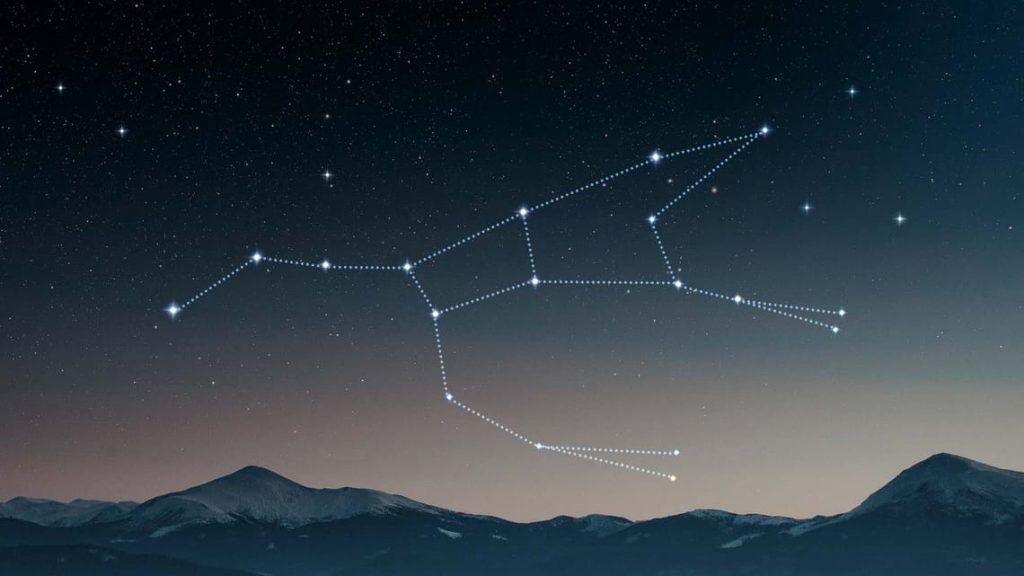
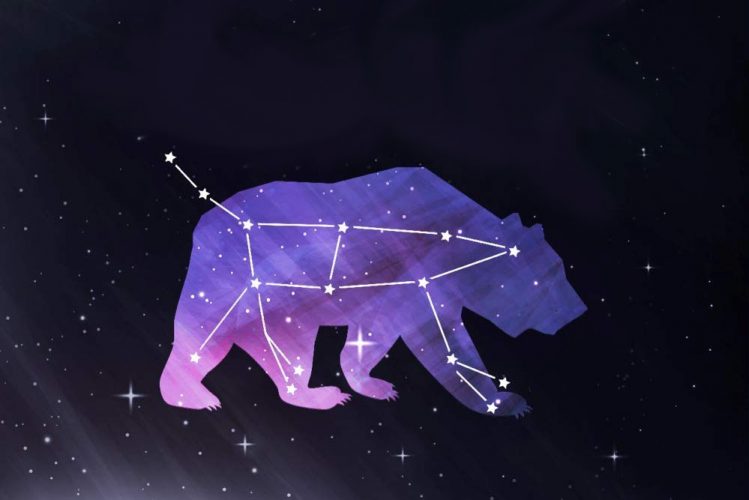
Ursa Minor (The Little Dipper):
Composed of seven stars arranged in a smaller version of the Big Dipper, Ursa Minor is home to the North Star (Polaris). This celestial beacon has been a guiding light for sailors and explorers for centuries. Ahoy, mateys! Remember Captain Jack Sparrow in “Pirates of the Caribbean: The Curse of the Black Pearl”? He famously used Polaris to navigate the treacherous seas, showcasing its crucial role in celestial navigation. Talk about a star that truly points you in the right direction!
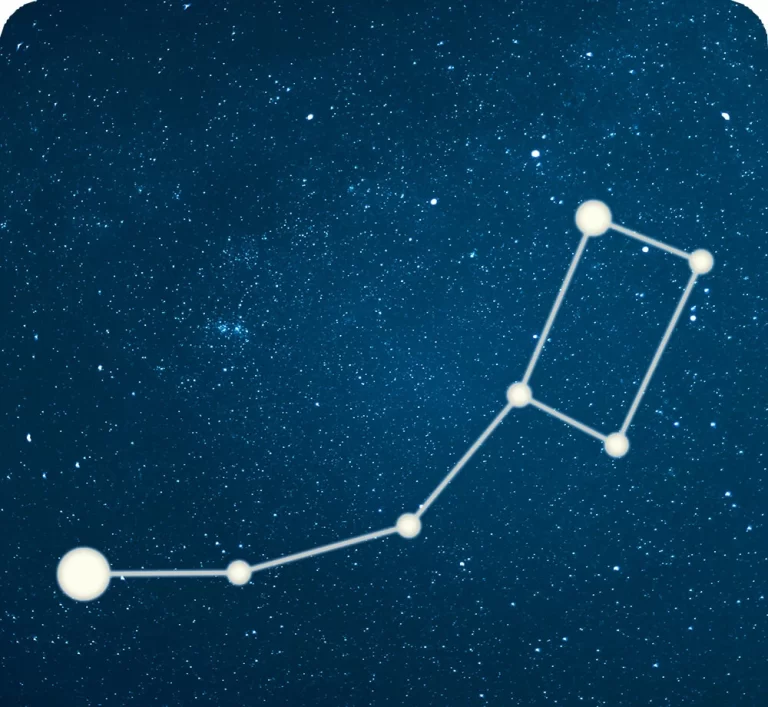
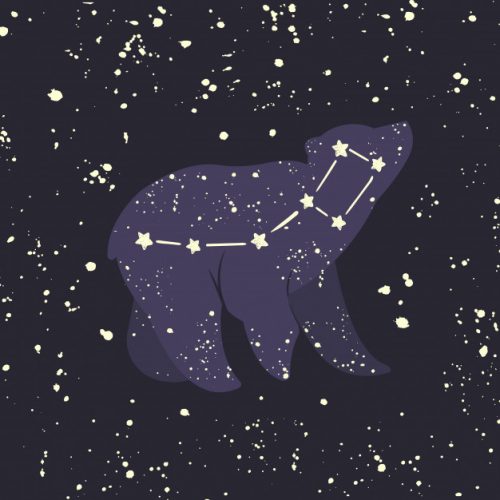
Difference between Ursa Major and Ursa Minor Constellations:
- Size: The Little Dipper is significantly smaller than the Big Dipper, with its seven stars forming a more compact version of the Big Dipper’s shape.
- Composition: While both constellations are associated with bears, the specific details of the myths and associated meanings might differ. For example, in some cultures, the Little Dipper might represent the cub of the larger bear (Ursa Major).
- Prominence: Due to its smaller size and dimmer stars, the Little Dipper is not as easily recognizable in the night sky compared to the Big Dipper. Therefore, it might not be as widely associated with specific bear myths in some cultures.
For an even deeper dive into the world of constellations, check out “Constellation Finder: A Guide to Patterns in the Night Sky with Star Stories from Around the World” by Dorcas S. Miller! This book delves into the fascinating stories and cultural significance behind these celestial patterns.
Canis Major (The Great Dog):
Boasting the brightest star in the night sky (Sirius), Canis Major is a constellation formed by 20 principal stars and easily recognizable by its canine-like shape. In ancient Egyptian mythology, Sirius was associated with the goddess Isis, and its appearance in the night sky marked the annual flooding of the Nile River, bringing life-giving water to the parched land. The Dog Star continues to be a prominent symbol in various cultures and even inspired the name of the ubiquitous Sirius XM satellite radio company. So, next time you tune in, remember the celestial canine connection!
While this article focuses on the history and stories of constellations, for a more interactive and creative exploration, consider checking out “Constellations Activity Book: Health, Creativity, and Fertility for the Soul” by Ryan Jacobson! This activity book offers a fun way to learn and engage with these celestial wonders.
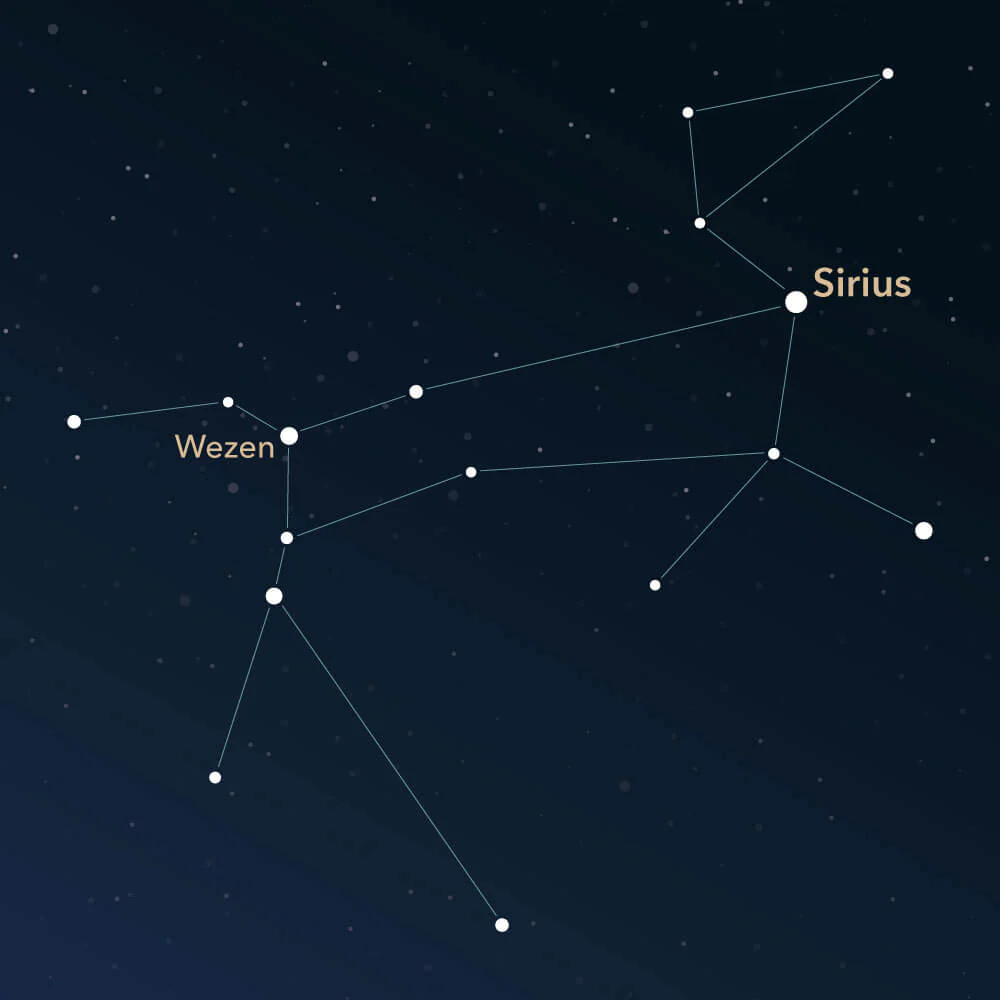
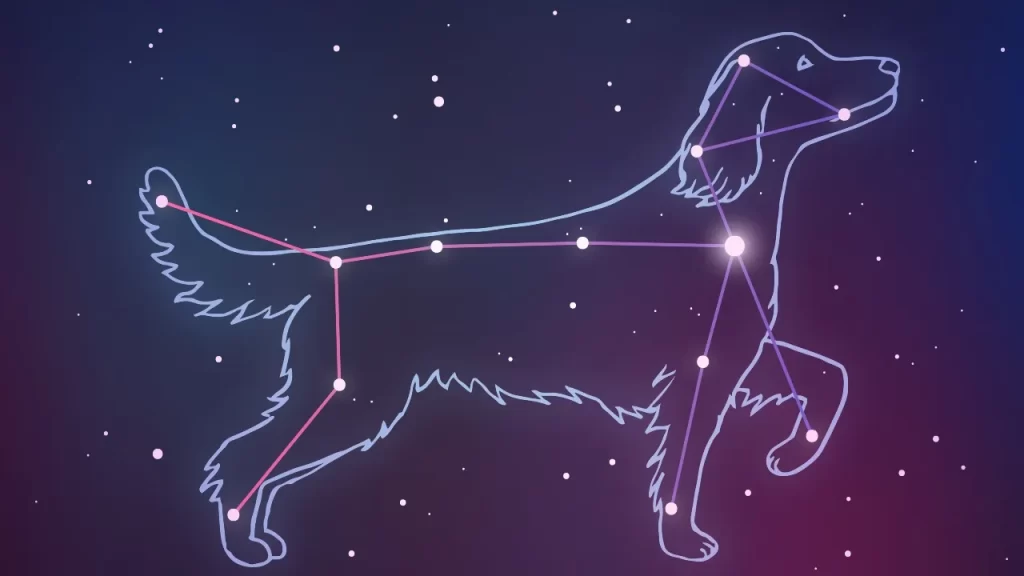
Crux (The Southern Cross):
Though small in size, Crux, the Southern Cross, packs a punch with its four stars arranged in a distinctive cross-like shape. This constellation holds both religious and navigational importance. In Samuel Taylor Coleridge’s poem “The Rime of the Ancient Mariner”, the mariner uses the Southern Cross to find his way south, highlighting its role as a celestial guidepost for Southern Hemisphere explorers. For those venturing south of the equator, the Southern Cross becomes a beacon of hope and direction. Due to its cross-like shape, this constellation has been adopted as a symbol by some Christian denominations in the Southern Hemisphere. Due to its prominent location in the Southern Hemisphere and its distinctive shape, Crux has been used for centuries by sailors and explorers as a celestial guidepost. The long arm of the cross points roughly south, aiding navigation in the absence of compasses.
For children who prefer visualizing constellations through relatable objects, fun options like the GADGETS WRAP Nordic Zodiac Constellation Wall Decals available on Amazon can be a great learning tool! These star stickers transform their room into a starry wonderland, bringing the constellations to life and sparking their imagination.
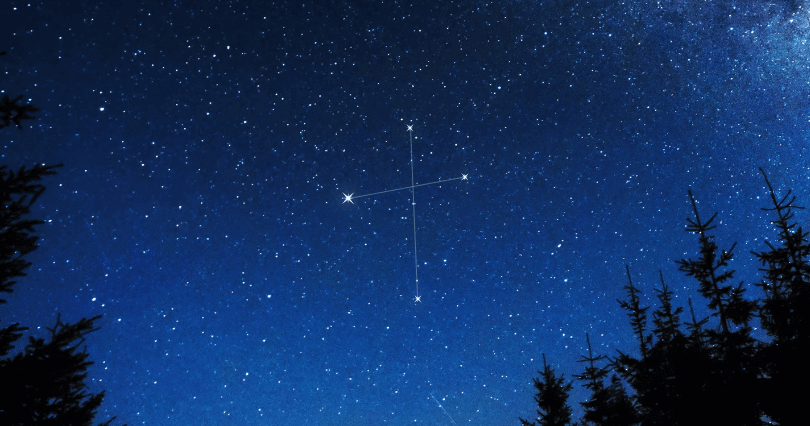
Orion (The Hunter):
Easily recognizable by his belt, Orion is a captivating constellation brimming with celestial wonders, formed by eight principal stars and adorned with various nebulae. The Horsehead Nebula, a dark nebula shaped like a horse’s head, and the star Betelgeuse, a massive red supergiant nearing the end of its life cycle, are just a few of the fascinating objects found within Orion. Betelgeuse’s potential future explosion has even been depicted in science fiction stories, captivating the imaginations of readers and sparking curiosity about the universe’s grand show. So, the next time you gaze upon Orion, remember the celestial drama unfolding within its boundaries!
For those who enjoy a touch of celestial flair with their morning coffee, these Townside Wooden Constellation Coasters (featuring Orion, Leo, Cassiopeia, and Taurus) add a touch of starry wonder to your home décor while subtly reinforcing constellation recognition. Find them on various online retailers!
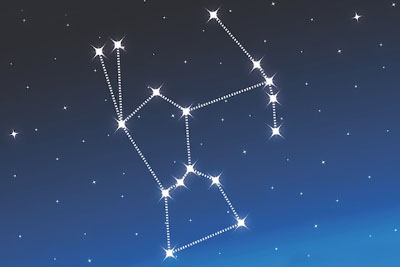
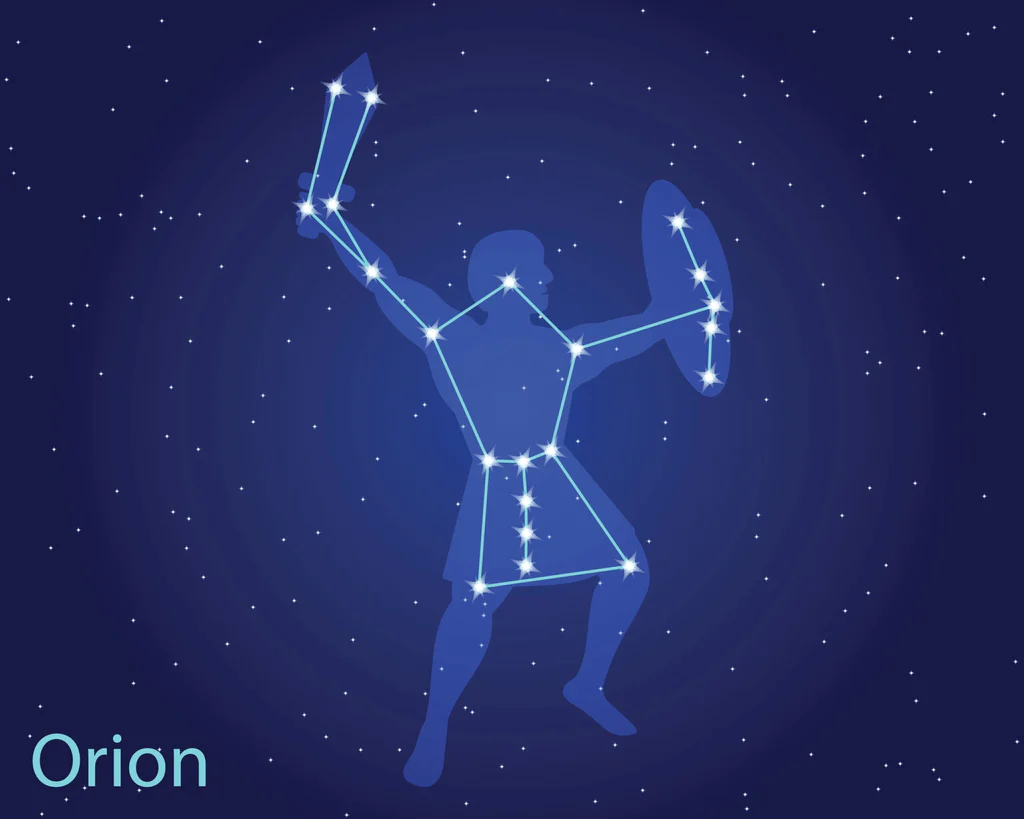
This is just a taste of the vast and fascinating world of constellations. By learning their stories, we gain insights into mythology, history, and the ongoing exploration of the universe. Stay tuned as we delve deeper into each constellation, one captivating blog post at a time!. A captivating book on the Space Constellations, which is a Knowledge Encyclopedia For Children is available in Amazon.









